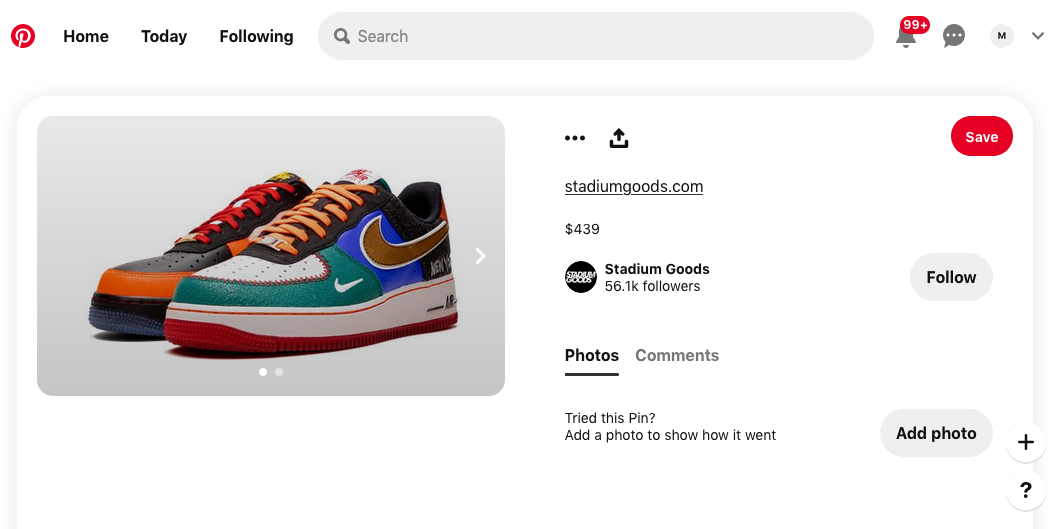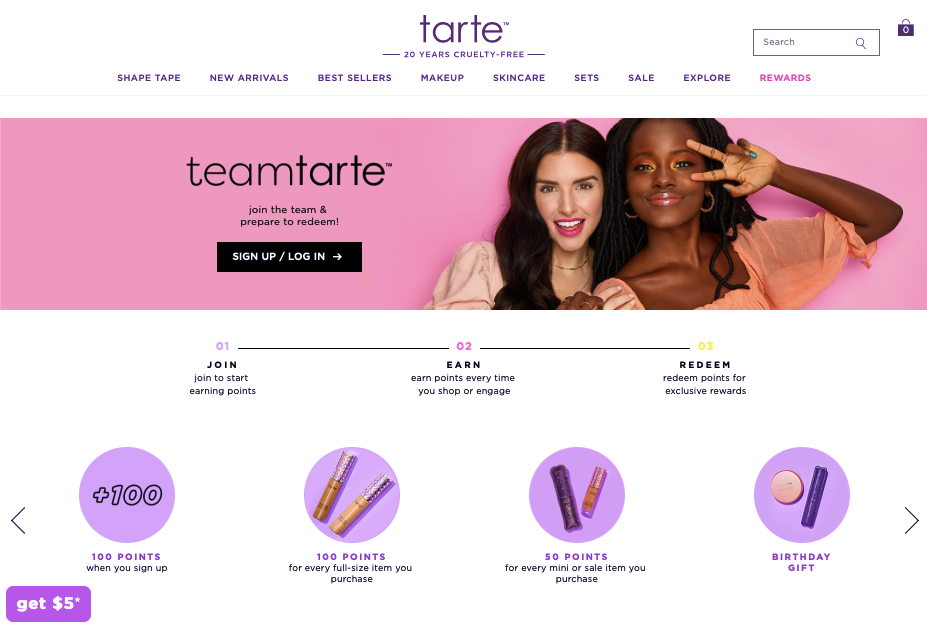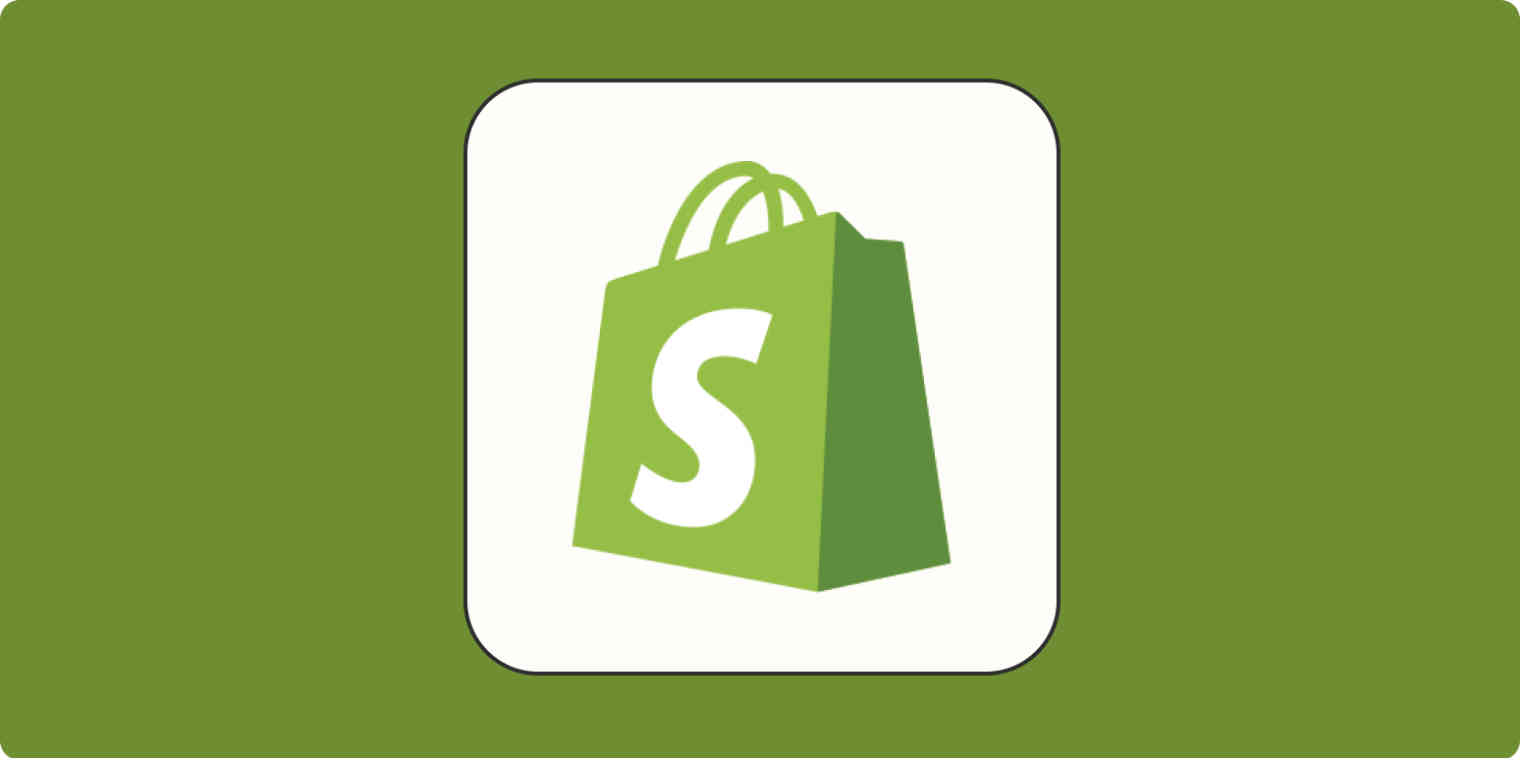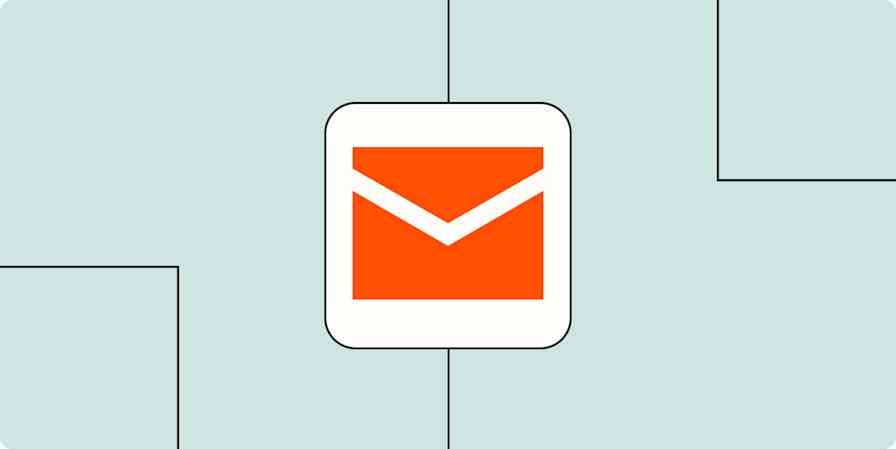Shopify is one of the best eCommerce platforms for building your online store. It's easy to set up and has all the essential features you'll need. But compared to building a Shopify site, getting people to visit one is not quite as paint-by-number. But that's not necessarily a bad thing—you're free to customize your marketing strategies to your brand, target your particular customers, and experiment with strategies that might not work for other sellers.
Here are four marketing strategies that you can use to make the most of your Shopify store. You can tailor each of these concepts to your business goals, so think of them as starting-off points to inspire you.
Save time managing your Shopify store by automating how it works. Here are 4 ways to automate Shopify to help take your store to the next level.
1. Post new products to Pinterest
While everyone else is focusing on Facebook or Instagram, don't forget about Pinterest, which is a great social channel for eCommerce. Pinterest allows you to post high-quality product photos and videos, with direct links to their product pages. You can even add descriptive text in the captions to highlight its features, as well as its price.

But the best part: a lot of Pinterest users go there specifically to shop. Just take a look at some of these Pinterest statistics:
77% of weekly users have discovered a new brand or product on Pinterest
83% of weekly users have made a purchase based on content they saw from a brand
97% of Pinterest searches are unbranded—meaning your products could be the ones they're looking for
Take a look at our 5 tips for how to use Pinterest for business. Then, once you get the hang of it, you can set up a workflow that automatically posts your new Shopify products on Pinterest. It's a marketing strategy that will run in the background while you focus on other things.
2. Automate your Shopify marketing
Posting to Shopify isn't the only thing you can delegate to a computer. And because most digital campaigns require regular maintenance, automating more Shopify tasks lets you focus more on the creative side of your business—and makes sure nothing slips through the cracks.
There are plenty of ways to automate your Shopify store, like automatically adding new Shopify customers to a Mailchimp audience or to Salesforce. But when it comes to sharing your content, you can automatically send new products to all your channels.
Take a look at how one coffee shop used automation with Shopify to help pivot during the pandemic.
3. Have customers post content about you
What's even better than your brand posting popular content on social media? Having your customers do it for you.
User-generated content—content your customers post about you on their own—has a greater influence on 85% of consumers than paid advertising or sponsored content. For Shopify especially, positive online testimonials influenced the purchasing decisions for 90% of shoppers. That's because user-generated content offers social proof: verification that real people enjoy a product.
The trick is encouraging people to post on their own. You'll often have to spearhead such campaigns yourself, creating a hashtag and offering incentives to participate. Campaigns for user-generated content typically revolve around a giveaway or contest.
For example, in addition to other products, Muji sells a large amount of pens and stationery. Their #MujiPenArt contest asked participants to post their best artwork made with Muji pens on Instagram while followers voted on the best ones. Not only did the campaign generate over 3,000 posts with Muji hashtags, but it also never really stopped. The contest ended in 2016, but even today, users still submit their best user-generated content with the same hashtag.

4. Offer loyalty programs
Repeat customers are far more valuable than new customers. Repeat customers spend more, are more open to persuasion, and often create user-generated content to promote your brand. With all these great benefits, why not give something back?
Loyalty programs show your repeat customers how much you appreciate them. Perhaps that's why 84% of consumers say they're more likely to stick with a brand if they offer a loyalty program. These programs can come in a variety of forms, from premium accounts like Amazon Prime to more small-scale approaches like membership points, the online equivalent of stamp cards.
The Shopify cosmetics store Tarte uses a conventional loyalty point system, which they call Team Tarte, to make the customer feel even more of a connection with their brand.

Purchasing full-sized items earns you 100 points, with small or sales items earning 50 points (though special products, including some best-sellers, don't apply). When you've earned enough points, you can redeem them for special products at the Rewards Shop. What's particularly interesting is, if you accumulate over 1,500 or 3,000 points, you enter a new tier with special perks like free shipping on all orders, or even exclusive products. This adds even more incentive to a program designed to incentivize.
Shopify does its best to shield its users from the hardships of starting an eCommerce business. While they make it easy to build and host an online store, there's little they can do to attract customers from behind the scenes. But don't let the marketing aspects of eCommerce overwhelm you just because they're more open-ended than other areas. Use that to your advantage, and create a personalized marketing campaign that plays to your strengths.





